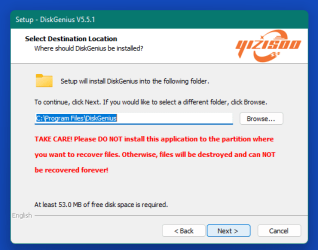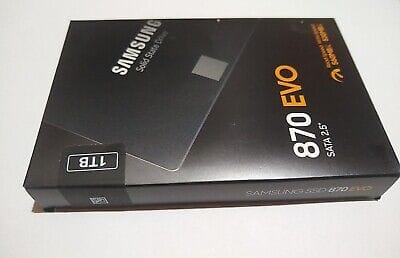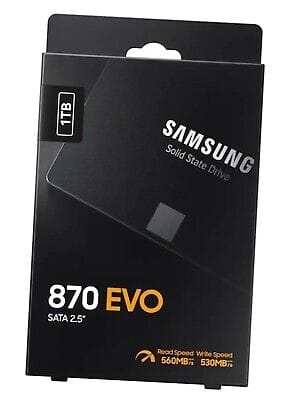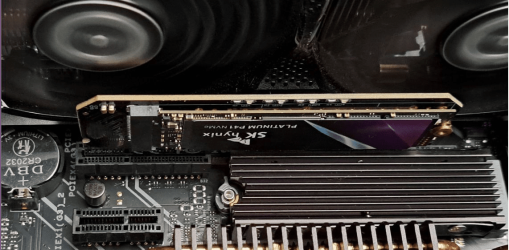- Local time
- 12:48 PM
- Posts
- 959
- OS
- windows 11
I have put drives setup on one PC into an entirely different PC and windows detects all the new hardware and runs.
You could do that, use another PC with your current drive and clone it onto the new NVME.
Then put the new NVME back into the original PC
That will eliminate your original PC being part of a cloning process
You could do that, use another PC with your current drive and clone it onto the new NVME.
Then put the new NVME back into the original PC
That will eliminate your original PC being part of a cloning process
My Computer
System One
-
- OS
- windows 11
- Computer type
- PC/Desktop
- Manufacturer/Model
- some kind of old ASUS MB
- CPU
- old AMD B95
- Motherboard
- ASUS
- Memory
- 8gb
- Hard Drives
- ssd WD 500 gb





















